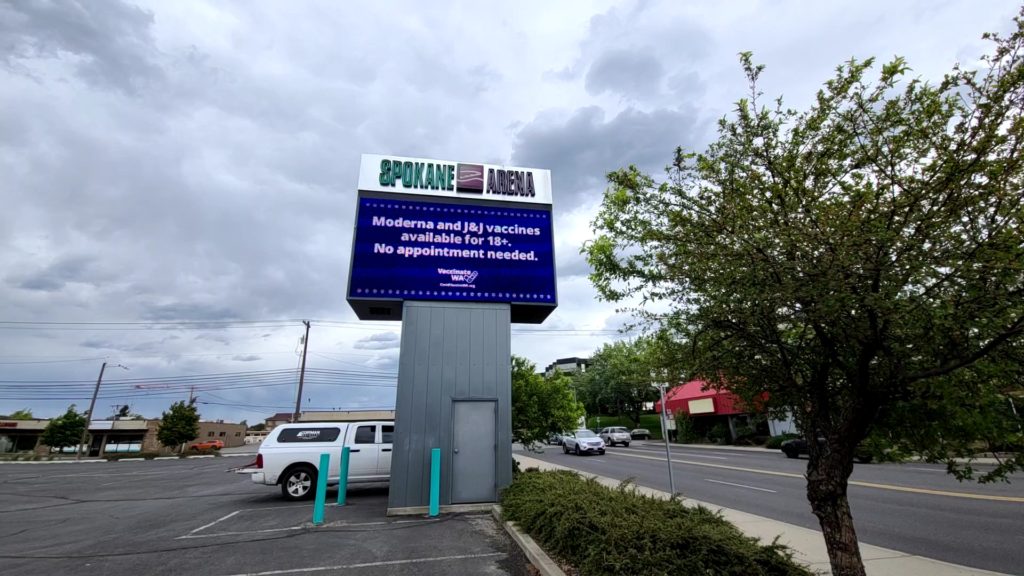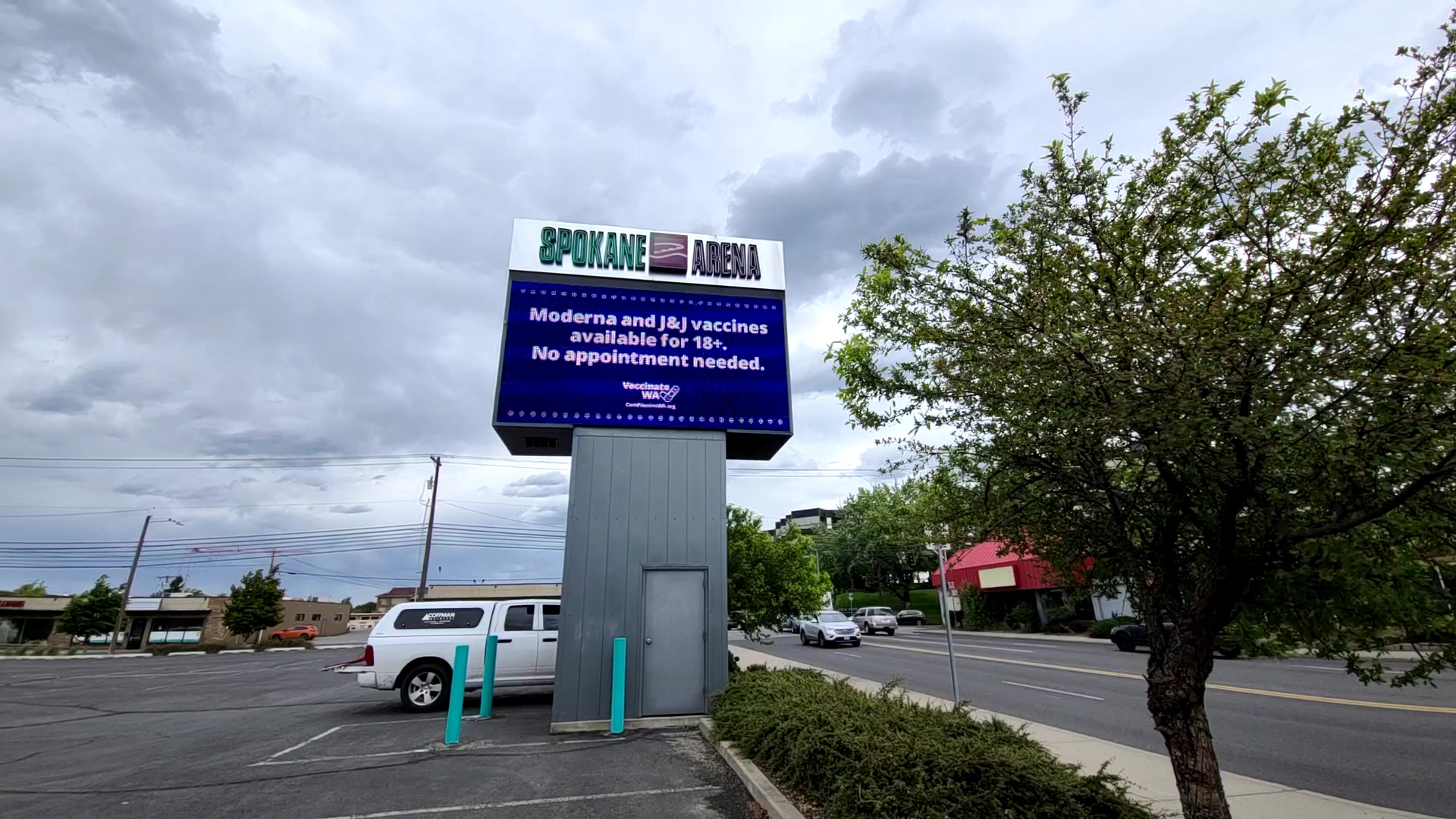
COVID-19 took everyone by surprise and the world has spent the past year learning about the virus and trying to make adjustments to get back to normal life, or as close to normal as possible.
Scientists began experimenting with the development of several different vaccines, the first of which went into Phase 1 testing in March 2020.
On Dec. 14, 2020, Sandra Lindsay was the first person in the United States to receive the Pfizer-BioNTech vaccine, which was granted Emergency Use Authorization by the Food and Drug Administration on Dec. 11, 2020 for ages 16 and up.
Since then the FDA has authorized two other vaccines for emergency use, those being the Moderna and Johnson & Johnson vaccines. As of May 10, 2021 the Pfizer BioNTech vaccine is now authorized for emergency use for ages twelve to fifteen. CDC reports that as of May 19, over 277,290,173 vaccines have been administered.
This means that at least 125,453,423 people are fully vaccinated, or 37.8% of the population. In Washington, 6.96 million doses have been given, at least 3.14 million people are fully vaccinated which is 41.3% of the state’s population.
In Spokane County, there are several different vaccination locations. Vaccines are paid for completely by the government, so there is no need to worry about insurance covering it. To find the vaccination provider closest to you, sites can be found by looking through vaccines.gov.
Many people are still considering their choice in getting the vaccine, some are waiting for full FDA approval and more thorough and long term testing to be completed. Some were just starting to feel comfortable with taking the vaccine when the Johnson & Johnson vaccine appeared to be causing CVST (cerebral venous sinus thrombosis) in rare cases, which caused many people to be skeptical. Of the eight women who experienced CVST, one woman died, causing a halt on the Johnson & Johnson vaccines for almost two weeks.
The FDA lifted the halt on April 23, 2021 after investigating thoroughly; adding a warning label for potentially life threatening blood clots which are also a potential risk of COVID-19.
While some people experience intense side effects from the vaccine, similar to flu-like symptoms, while many others have little to no side effects. The CDC website states, “These side effects usually start within a day or two of getting the vaccine. Side effects might affect your ability to do daily activities, but they should go away in a few days. The known and potential benefits of a COVID-19 vaccine must outweigh the known and potential risks of the vaccine before it is used under what is known as an Emergency Use Authorization (EUA).”
Those who have been fully vaccinated for two weeks can now resume a mask free life while respecting individual company policies that will vary.
The decision to get vaccinated or not is your choice, but the CDC recommends getting vaccinated as soon as you can to help slow the spread of the virus and to return to life as we once knew it.

